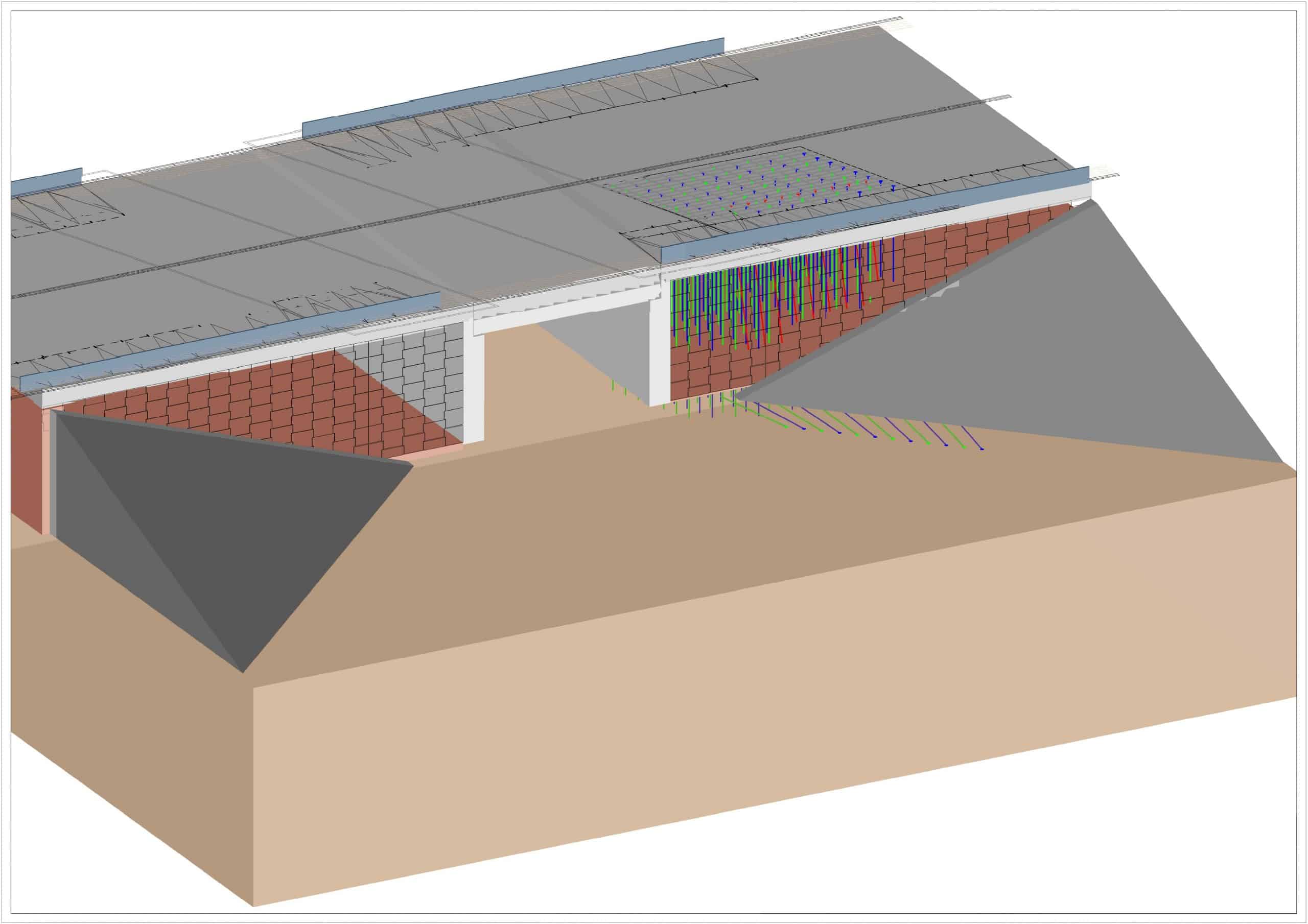Monitoring of the Bridge 0BR09 over Etihad Rail | United Arab Emirates
Images of the project
A strategic link
Few countries can boast themselves of bringing pharaonic projects to light like the United Arab Emirates do, and Etihad Rail is the next on the, already long, list of such major achievements.
The network will link key centres of industry with urban, suburban and remote communities, in the hope of boosting trade, industrial development and support the long-term growth of the national economy. It will also become a key element of the planned pan-Gulf railway network.
Etihad Rail network is being developed and implemented in two main stages:
Stage 1 links the Shah Sour and Habshan gas fields to the port of Ruwais.
Stage 2 will extend from the Saudi border at Ghuweifat to Fujairah. The network will cross the Emirates via Abu Dhabi, Khalifa Industrial zone, Khalifa Port, Jebel Ali Port, Dubai, Sharjah, Ras al-Khaimah and Fujairah on the East Coast, linking with the existing stage 1 line at Ruwais, and effectively uniting the major industrial ports and trading centres of the country.
Structure at risk
When signs of distress such as cracks and differential movement of the abutment panels started to appear on Bridge 0BR09, a mechanically stabilized earth railway underbridge at Al Mirfa, between Ruwais and Abu Dhabi, Zetas was called upon to perform compensation grouting with a series of inclined Multiple Port Sleeved Pipes, or TaM (Tubes à Manchettes), grouting
operations.
Sixense was contracted to instrument the bridge, provide a baseline, then automatically monitor in real-time the 3D movement of the panels and the structure as a whole during the injection phase, and afterwards to ensure Etihad Rail that the bridge is, at last, stable.
